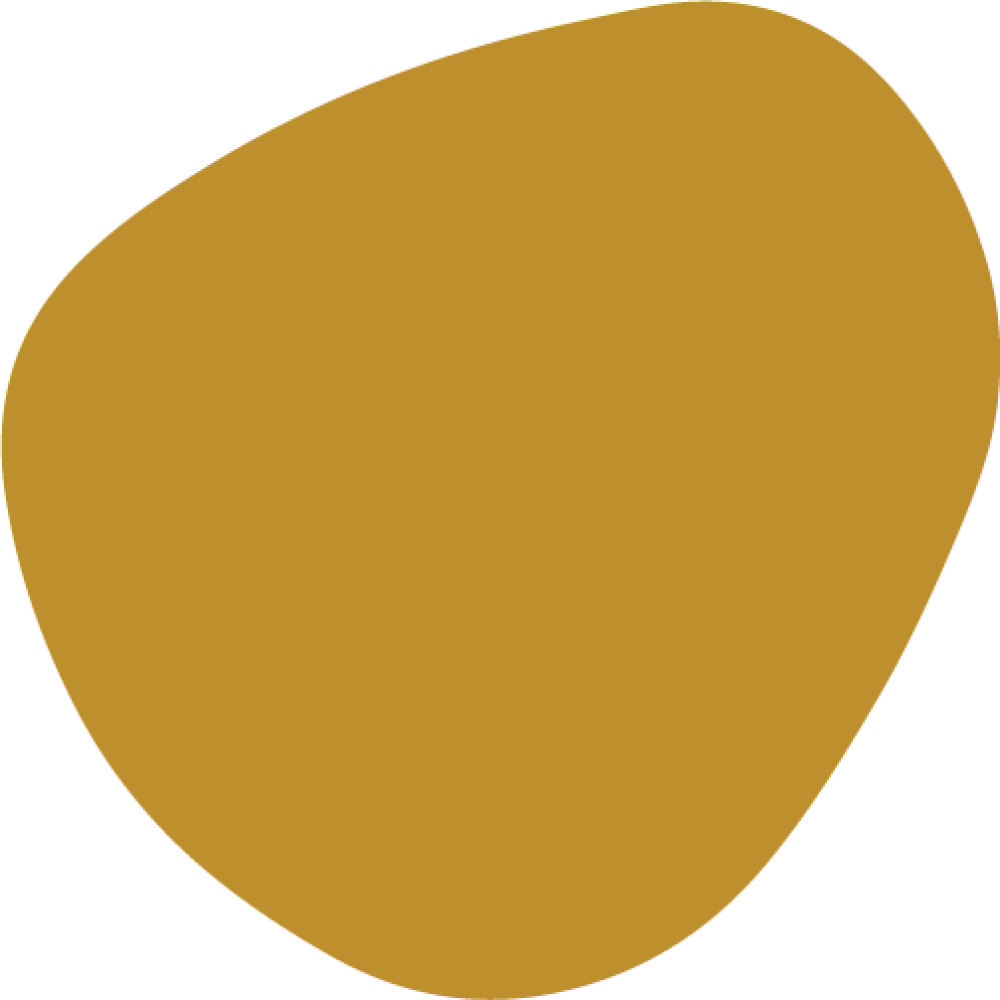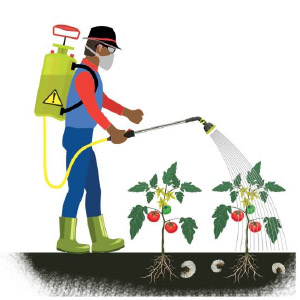Enabling
Harvests that put a smile on your face

We offer 50+ proven crop protection solutions & support farmers to overcome pest problems. We empower our retail network to build sustainable communities.



What would you like to explore ?
Learn more about ...
About Bukoola
We are privileged to serve over 20 million farmers and communities in the region.
What our customers say about us

Nakanjako
Farmer
Bukoola Chemical Industries Limited enkolede ebirungi ebitagambika. I am a farmer of 4 acres of passion fruits and they have helped me kick the diseases out of my farm. mwebale nyo tusiima












